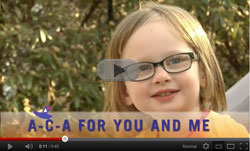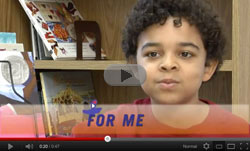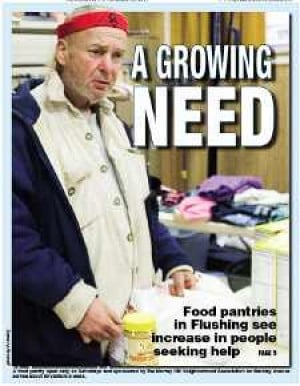Micronutrients and Hidden Hunger
 |
|
© UNICEF/DR/2011/Gonzalez |
The lack of vitamins and minerals such as vitamin A, iodine
and iron, is the main cause of “hidden hunger” and malnutrition in the
world today.
“Vitamin and mineral deficiency is the source of the
most massive ‘hidden hunger’ and malnutrition in the world today. The
‘hidden hunger’ due to micronutrient deficiency does not produce hunger
as we know it. You might not feel it in the belly, but it strikes at the
core of your health and vitality. It remains widespread, posing
devastating threats to health, education, economic growth and to human
dignity in developing countries.” (Kul C. Gautam, Deputy Executive
Director of UNICEF).
Hidden hunger prevents children from achieving the full development of their physical, intellectual and social potential.
The
UNICEF office in the Dominican Republic is providing financial and
technical support for the Public Health and Social Assistance Ministry
(SESPAS) in the implementation of activities aimed at eliminating
micronutrient deficiencies, by providing vitamin A supplements as part
of their Extended Immunisation Programme, as well as the universal
iodising of salt in order to eliminate iodine deficiency disorders.Actions
aimed at improving monitoring and improving public education about the
importance of consuming iodised salt are also being supported. Other
actors like the Ministry of Education, the General Standards and
Regulations Office, salt manufacturers, municipal authorities and the
consumers’ association are also involved in this process, as well as the
WHO/PAHO and USAID, who are providing technical and financial support
together with UNICEF.
UNICEF is focusing its activities on the
3.5 million children and adolescents and 240,000 pregnant mothers,
taking into account that this age group is at the greatest risk of
developing iodine deficiency.
In order to calculate the levels of
iodine content in salt for human consumption, a study carried out by
SESPAS through the Dr. Defilló National Laboratory was carried out. It
revealed that 67% did not contain iodine and that only 13.7% of the
samples analysed contained levels of iodine within the limits
established by the state standards that sets the range at between 30-100
parts per million (ppm).
(Source:
SESPAS; PAHO/WHO; UNICEF: Calculating the Concentration of Iodine in
Nutritional Quality Salt at national level, at point of sale, between
July 2003-February 2004, 2005.)Likewise, UNICEF, as a
basis for establishing its Information, Education and Communications
strategy, sponsored a study on Behaviours, Attitudes and Practices that
showed that 75% of the population still consumes rock salt even though
this is forbidden under Dominican law (NORDOM 14).
(Source:
SESPAS; UNICEF; Sinergy Consulting: Study of Knowledge, Beliefs,
Attitudes and Practices concerning Iodised Salt consumption in Dominican
Homes and the Communications Media)
The studies
carried out revealed a lack of knowledge about the importance of
consuming iodised salt, and based on this, UNICEF is promoting education
and social mobilisation as one of the key points for achieving
behaviour changes that will ensure children and young people’s right to
health.
Government institutions are also being supported in the
Sentinel Schools, for educating students about the importance of
consuming iodised salt and the introduction of a system to monitor
iodine levels in salt in schools.
Promoting the importance of iodised salt consumption has been
directed at the Haitian population in the frontier zone as well as the
Dominican public. This has been achieved by producing radio programmes
in Kreyol as well as in Spanish. Local organisations that work with
women in the border area have been given support for holding educational
workshops about Iodine Deficiency














